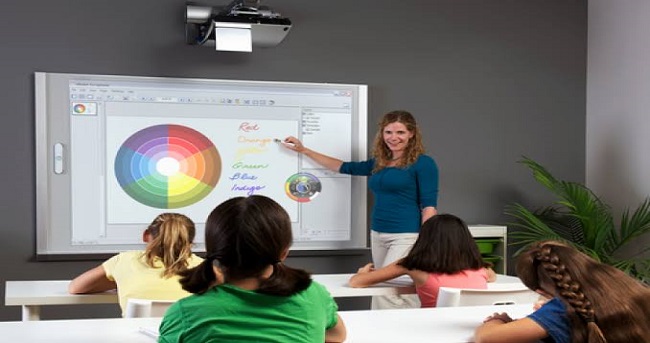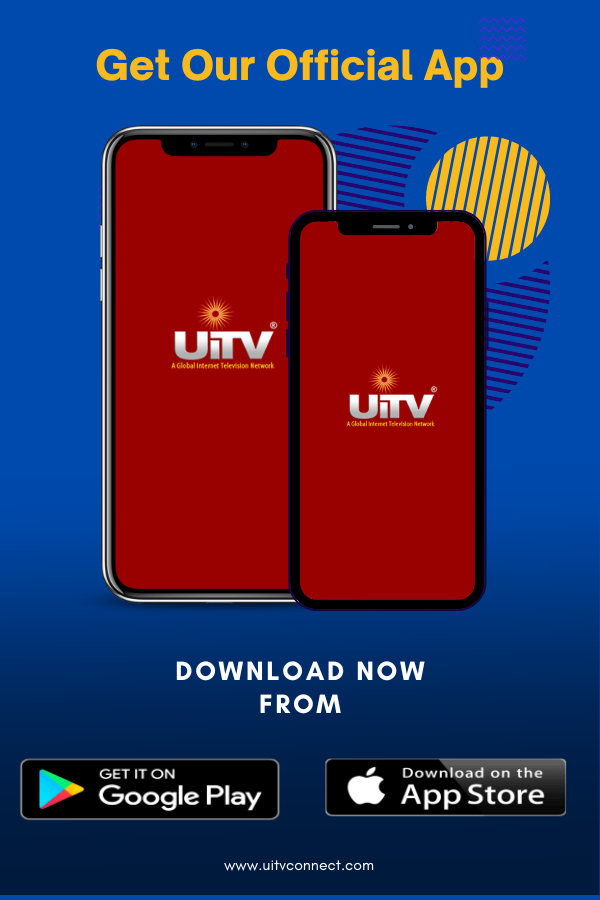Cutting-edge technologies are an integral part of modern life. The process of globalization and technology awareness has embraced all areas of society: economics, education, science. It includes the possibility of obtaining information, the penetration of information technologies into scientific, industrial, and public spheres.
Since the process of acquiring new knowledge becomes easier and more accessible, providing an opportunity to gain new knowledge without leaving home, one of the main directions of technology embodiment is education. IT contributes to the development of more effective approaches to learning and improving teaching methods, and activates the interest of students because it is not a secret for anyone that different gadgets are the main attributes of any person and everyone is addicted to the Internet. However, there are a lot of useful tools on the Internet which are to help students learn more efficiently. For example, a professional essay writing service is designed to correct grammar mistakes and, in some way, improve student’s skills. If you give a look at UK essay writing service online, you may find a lot of useful relevant papers that will help to boost your knowledge in some specific area. All that is the positive side of new technologies. Thus, information technologies provide students and teachers with the opportunity to:
– Make learning more effective;
– Reduce the time spent on searching and recording information, thereby increasing the time for practical activities;
– Give an opportunity for individual learning by making the education process open;
– Make an interesting learning process for a category of students with different abilities, learning styles, as well as for students with disabilities;
– Diversify learning activities.
Modernization of the educational process requires a transition from passive, mainly, lecture methods to active ones, such as independent and collective work, research activities focused on practice. Students must not lose sight of the fact that the amount of information and knowledge is constantly growing, and the amount of time allocated for studying subjects remains unchanged. Technologies allow teachers to expand the range of students’ knowledge, which, in turn, has a positive effect on their level of training in general.
Today, there are several ways of IT implementation into the learning process of students:
E-books. An e-book is an alternative version of paper publications. It contains materials of the main material provided during the lectures, as well as applications in the form of tables, illustrations, and tests. The use of an electronic textbook, as teachers note, is distinguished by simplicity, usability, and completeness of the content. A student can read the text directly from the screen of a mobile phone, laptop or tablet, this allows all students to be involved in the learning process since this is new and interesting for them. Another advantage is that the use of such e-books is economically beneficial. Not all students are willing to buy expensive printed publications, and some do not have the opportunity to visit the library center frequently, the electronic version costs much less and is constantly updated and supplemented. Another important advantage of the electronic edition is interactivity. Students can open audio files, videos, copies of various documents, navigate to adjacent links, expanding their knowledge.
Electronic and online test systems. The introduction of electronic test systems is the fastest way to verify students’ knowledge gained knowledge and skills. The use of electronic test systems requires a laptop or smartphone and access to the Internet. Tests allow teachers to conduct a quick identification of students’ learning outcomes. In addition, test systems are very convenient in terms of collecting statistical data.
Distance Learning. IT is the interaction between teacher and students remotely. Such a tool allows reducing the costs of teachers and students and at the same time, it is a great way to reach a large number of people. There is an opportunity to learn and teach despite wherever people are.
Mobile applications. Dean Hamer, BrainPop project manager, said: “It is important to understand and realize the significance of the fact that children have got their hands on gadgets. Children have the opportunity to learn, wherever they are”. This quote applies not only to children. Many teachers have a negative attitude toward the use of smartphones by students at the lecture. However, there is a huge variety of applications which help to solve a lot of problems. Nevertheless, the majority of students and teachers do not know about it.
Technologies change the intended learning process. A student can operate with a large number of various information, integrate it, has the ability to solve problems instantly. Lecturers have the opportunity to teach more rapidly and efficiently. However, technologies are still used mainly as an aid to learning. To a certain extent, computers and new information technologies will gradually change the process and are likely to replace completely traditional educational tools. It can be assumed that due to the growing volume of information, in the future, the problem of competent use of IT will become global, that is why lecturers have to be more gadget-oriented. It is no longer news that students have an addiction to gadgets and it is more and more difficult to surprise them. Hence, there is a need to modernize the educational process, or to create a qualitatively new educational system and educational standards, which will exclude the misuse of IT during studying not only by students but also by lecturers. However, despite the fact that the development of technical means of information processing is proceeding at an accelerated pace, the science of informatics itself is relatively young, therefore the education system does not have time to follow its constant changes. In the future, information and multimedia technologies will be able to give students something that neither teachers nor paper sources will give – namely, a clear, detailed demonstration of the labor process, a practical part that will be supported by the theoretical part of the lecture, which together will allow students to become a high-quality specialist in the chosen area.











